Does RBI's economic capital framework need a 'fix'?
TIMESOFINDIA.COM | Updated: Nov 12, 2018, 15:17 ISTHighlights
- The government believes that RBI is sitting on much higher reserves than it actually needs to tide over financial emergencies that India may face
- Some central banks around the world (like US and UK) keep 13% to 14% of their assets as a reserve, compared to RBI's 27% and some (like Russia) more than that
 (Representative image)
(Representative image)NEW DELHI: Last week, the Centre clarified that it wasn't going to raid Reserve Bank of India's reserves for Rs 3.6 lakh crore of 'free money' but it also said that it was in discussion to fix 'appropriate economic capital framework' of the central bank.
Conditions apply: The framework the government is talking about is basically about how much capital RBI needs for its operations and how much of the surplus it should pass on to the government. This essentially means that Centre may not have asked for a specific amount (Rs 3.6 lakh crore) but it wants to 'fix' the process and that may end up giving it even more than that.
Why fix? The government believes that RBI is sitting on much higher reserves than it actually needs to tide over financial emergencies that India may face. Some central banks around the world (like US and UK) keep 13% to 14% of their assets as a reserve, compared to RBI's 27% and some (like Russia) more than that. Each central bank assesses its risk and reserve requirements according to its past experience and future likelihood of the scale and kind of crisis.
Old problem: Economists in the past have argued for RBI releasing 'extra' capital that can be put to productive use by the government. Former chief economic adviser Arvind Subramanian had argued for it (he had mentioned Rs 4 lakh crore). The Malegam Committee estimated the excess (in 2013) at Rs 1.49 lakh crore.
How much? RBI's held total assets Rs 36.17 lakh crore on June 30 on its balance sheet. At 27% of this, the central bank would have around Rs 9.7 lakh crore as reserves. If it were to bring it down to 14% as the government probably wants, it would be left with about Rs 5 lakh crore. That means an excess capital of Rs 4.7 lakh crore to be handed over to the government.
Why now? With a general election looming early next year, analysts believe the cash-strapped government is trying to stimulate the economy with a big public spending spree to woo voters, says a report.
What next? The RBI governor, Urjit Patel, some say, has two options: to agree to his employer (the government) or leave the job. RBI deputy governor, in his (now controversial) speech, had referred to the resignation of Argentina's central bank head for a similar reason of refusing government's order to transfer of the central bank's reserve to pay foreign debt.
Conditions apply: The framework the government is talking about is basically about how much capital RBI needs for its operations and how much of the surplus it should pass on to the government. This essentially means that Centre may not have asked for a specific amount (Rs 3.6 lakh crore) but it wants to 'fix' the process and that may end up giving it even more than that.
Why fix? The government believes that RBI is sitting on much higher reserves than it actually needs to tide over financial emergencies that India may face. Some central banks around the world (like US and UK) keep 13% to 14% of their assets as a reserve, compared to RBI's 27% and some (like Russia) more than that. Each central bank assesses its risk and reserve requirements according to its past experience and future likelihood of the scale and kind of crisis.
Old problem: Economists in the past have argued for RBI releasing 'extra' capital that can be put to productive use by the government. Former chief economic adviser Arvind Subramanian had argued for it (he had mentioned Rs 4 lakh crore). The Malegam Committee estimated the excess (in 2013) at Rs 1.49 lakh crore.
How much? RBI's held total assets Rs 36.17 lakh crore on June 30 on its balance sheet. At 27% of this, the central bank would have around Rs 9.7 lakh crore as reserves. If it were to bring it down to 14% as the government probably wants, it would be left with about Rs 5 lakh crore. That means an excess capital of Rs 4.7 lakh crore to be handed over to the government.
Why now? With a general election looming early next year, analysts believe the cash-strapped government is trying to stimulate the economy with a big public spending spree to woo voters, says a report.
What next? The RBI governor, Urjit Patel, some say, has two options: to agree to his employer (the government) or leave the job. RBI deputy governor, in his (now controversial) speech, had referred to the resignation of Argentina's central bank head for a similar reason of refusing government's order to transfer of the central bank's reserve to pay foreign debt.
Download The Times of India News App for Latest Business News.


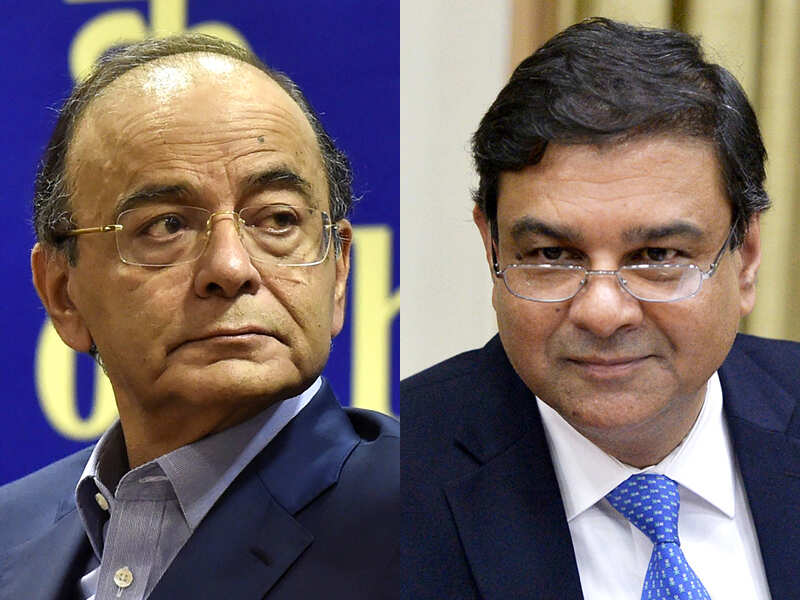
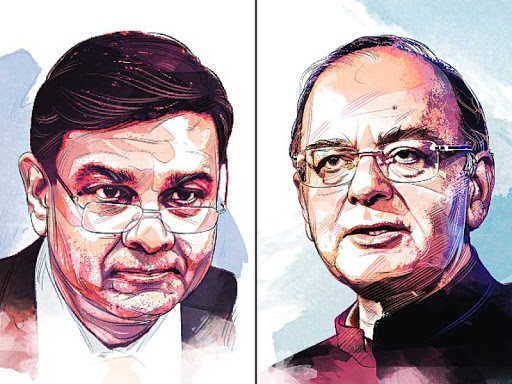






















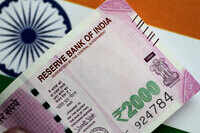



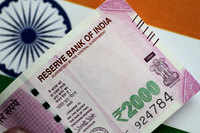
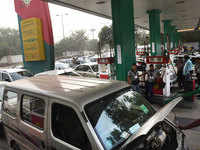












All Comments ()+^ Back to Top
Refrain from posting comments that are obscene, defamatory or inflammatory, and do not indulge in personal attacks, name calling or inciting hatred against any community. Help us delete comments that do not follow these guidelines by marking them offensive. Let's work together to keep the conversation civil.
HIDE